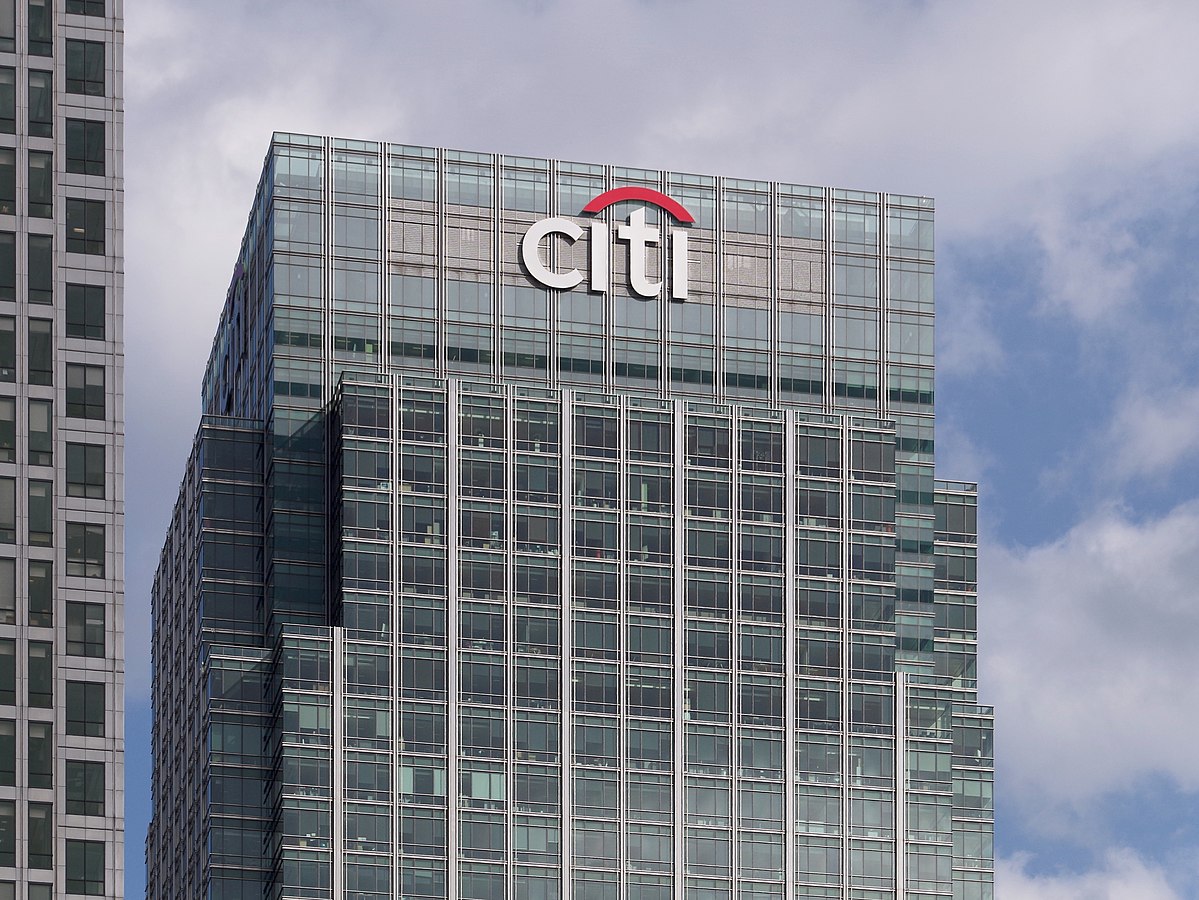
Citibank, the global fossil fuel industry’s second biggest funder, is responding to pressure from thousands of us and making moves on climate. It’s now ahead of other banks like JP Morgan, Morgan Stanley, and Goldman Sachs on climate. This is a huge win. But it stopped short of taking the action that science demands to stop climate change.
In October of last year, we joined groups like Sierra Club to call on Jane Fraser, Citi’s CEO, to break ranks from other fossil fuel banks and show real leadership on climate. We asked her to course-correct the bank’s appalling record of funding climate destruction. On her first day in the job, she had made Citi the first US bank to pledge to reach net-zero by 2050. She had the chance to do something different.
Since the Paris Agreement, @Citi has been the world’s 2nd largest funder of dirty fossil fuels. Despite promises to change their ways, so far there’s been little action. Will new CEO Jane Fraser make a break from the past and #DefundClimateChaos? pic.twitter.com/CZrAKYlVPS
— Sierra Club (@SierraClub) October 25, 2021
Yesterday, the bank, which has poured over $237 billion into the coal, oil, and gas industry since the signing of the Paris Agreement six years ago, finally announced more detail about how it intends to make its financing carbon neutral by 2050. And there was one pleasant surprise in the announcement.
Rather than “intensity” based targets, Citi is setting “absolute” emissions reduction targets for its fossil fuel clients. That sounds like jargon, but Alison Kirsch at RAN puts it well:.
“An oil and gas company could own one oil well, and then dig a gas well right next to it. Since gas can produce lower emissions than oil, this means the firm has reduced the average emissions intensity of its output – and so has miraculously reduced its emissions intensity, all the while producing more emissions than it did previously.”
👀 Breaking: @Citi released 2030 emissions targets to move toward its 2050 net-zero pledge.
Citi is the 1st major US bank committed to reduce *absolute* emissions (not just “carbon intensity”) from financing the energy sector.@SierraClub/@RAN response: https://t.co/1VpdPoE693 pic.twitter.com/3ncekOHk8p
— Ben Cushing (@bmcushing) January 19, 2022
But absolute targets – like the ones Citi is setting – are about reducing the total amount of emissions, not just lowering the average. Campaigning group Stop The Money Pipeline put it well: JP Morgan, Morgan Stanley, and Goldman Sachs are all choosing to use the cheap accounting trick of emissions intensity instead.
It’s great to see Citi doing this. However, Citi is failing one key test. It failed to actually say that it would stop funding companies that are expanding, i.e. drilling for more oil, mining more coal, and pumping more gas. The IEA, which is essentially the policy arm of the fossil fuel industry, is saying that stopping expansion is essential to reaching the goals that Citi has set itself.
Despite this, Citi’s important moves show that Fraser could be taking a different path for the bank. Thousands of us are watching closely to see if she really is doing things differently.